There is a rumour that Samsung’s next S series smartphone will be the last Galaxy S phone. With the Galaxy S9 is soon to be unveiled here is a look at the history of Samsung’s Galaxy S smartphones.
Samsung Galaxy S
Release date: 4th June 2010
The Samsung Galaxy S was the start of the S series and over the years had over two dozen variations of it made for the international market. The reception was positive as the S was an announcement of intent by Samsung. The S was second in TIME’s Top 10 Gadgets of 2010 list.
The OS was Android 2.1 with a single-core 1GHz processor and 0.5GB of RAM. The screen was 800×480 Super AMOLED display. The read camera was 5-megapixels, and the front camera was 0.3-megapixels.
Positive: Amazing audio and sound, the Super AMOLED display.
Negative: Poor GPS function that took too long to find your location.
Samsung Galaxy S II
Release date: 2nd May 2011
At the time, the Samsung Galaxy SII was the thinnest smartphone on the market measuring in at 8.49mm. The S2 was a step up from the S, and Samsung received 3 million pre-orders for the smartphone.
The S2’s processor was a dual-core 1.2Ghz with 0.75GB of RAM. The screen was 800×480 Super AMOLED. The rear camera was 8-megapixels and the front camera 2-megapixels.
Positive: Slim and light, one of the most powerful smartphones of the time.
Negative: Made from plastic, no dedicated camera key.
Samsung Galaxy S III
Release date: 29th May 2012
The Samsung Galaxy SIII had the title of “iPhone killer” from its release. While the device did not kill the iPhone, it did stamp Samsung as a phone manufacturer who could consistently deliver quality high-end smartphones.
The processor was a quad-core 1.4GHz with 1GB of RAM. The screen was 1280×720 Super AMOLED. The rear camera was 8-megapixels and a 1.9-megapixel front camera.
Positive: The display was ahead of its time, S-Voice application, Smart Stay.
Negative: The polycarbonate shell felt cheap, irregularities due to the hyper-glazing process.
Samsung Galaxy S4
Release date: 27th April 2013
The Samsung Galaxy S4 came with a range of features that other smartphones just did not have. Smart Program, Smart Rotation, Smart Scroll, Story Album, a barometer, one-hand mode, Air View, Air Gesture and more come with the S4.
The processor was a 1.9GHz quad-core with 2GB of RAM. The screen was a 5-inch Full HD 1080p Super AMOLED display. The rear camera was 13 megapixels, and the front camera was 2 megapixels.
Positive: Biggest screen, feature packed.
Negative: Too much bloatware, system software took up much of the storage capacity.
Samsung Galaxy S5
Release date: 11 April 2014
The S5 was the next step in the evolution of the S series; a definite follow up to the successful S4. The screen was slightly bigger with most of the hardware improved up in the newer model.
The processor was a quad-core with 2.5GHz with 2GB of RAM. The screen was 5.1-inches with a Super AMOLED 1080p display. The rear camera was 16-megapixels, and the front camera was 2 megapixels.
Positive: New security and health features, fingerprint scanner.
Negative: The camera was not as good as other smartphones available, packed with bloatware.
Samsung Galaxy S6
Release date: 10 April 2015
The Samsung Galaxy S6 came in three different varieties, the S6, S6 Edge and S6 Edge+. The S6 series was able to charge wirelessly, and the body was a unibody metal frame. The Edge came with a screen that went to the edge and curved down and the Edge+ was the largest of the S6 series and had the curved edge as well.
The process was a Samsung made octa-core with 3GB of RAM. The display on the S6 was 2560×1440 Quad HD Super AMOLED. The rear camera was 16- megapixels and the front camera was 5-megapixel.
Positive: New curved edges (On the Edge and Edge+), better design, upgraded fingerprint scanner.
Negative: Unable to remove the battery and no external storage, difficult to repair.
Samsung Galaxy S7
Release date: 12th March 2016
The Samsung Galaxy S7 came in two iterations, the S7 and S7 Edge. After the S7, there would be no more S series phones with the physical home button or MicroUSB charging. An upgrade on water resistance was a welcome addition.
The processor was either an Exynos octa-core with 4×2.3GHz and 4×1.6GHz or the Snapdragon quad-core with 2×2.1GHz and 2×1.6GHz with 4GB of RAM. The display was a 2560×1440 Quad HD Super AMOLED. The rear camera was 12-megapixels, and the front camera was 5-megapixels.
Positive: Less bloatware.
Negative: Big difference between processor types, poor reparability, too much like the previous model.
Samsung Galaxy S8
Release date: 21st April 2017
The Samsung Galaxy S8 came in two versions, the S8 and S8+. Samsung was moving into having a quality virtual assistant, Bixby, adding iris and facial scanners and the Samsung DEX to allow the smartphone to become a desktop-like computer.
The processor was either the Exynos octa-core with 4×2.3GHz and 4×1.7GHz or Snapdragon octa-core 4×2.35GHz and 4×1.6GHz with 4GB or 6GB of RAM. The display was 2960×1440 144p Super AMOLED capacitive touchscreen. The rear camera was 12-megapixels, and the front camera was 8-megapixels.
Positive: Beautiful design, better software, fewer issues than other smartphones.
Negative: Unusual aspect ratio, slippery glass on the back, poor fingerprint scanner positioning.
If you found this guide useful would you please leave us a comment below to let us know this was helpful. If there is a specific article or guide you’d like us to write please email us or leave a comment below. Click here to view our cases for Samsung Galaxy phones and tablets.
The post History of the Samsung S Series Phones appeared first on Campad Electronics Blog.
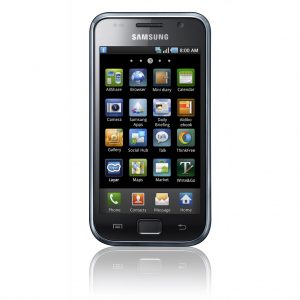
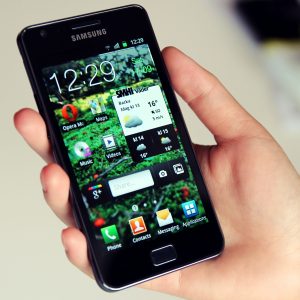
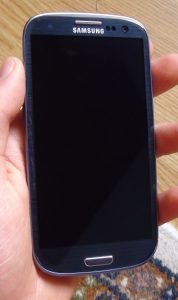
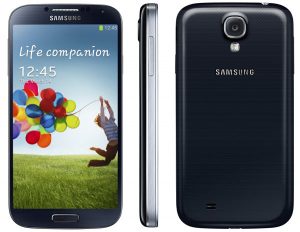
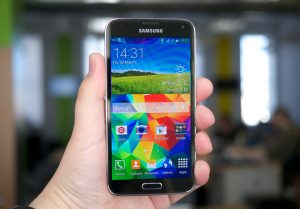
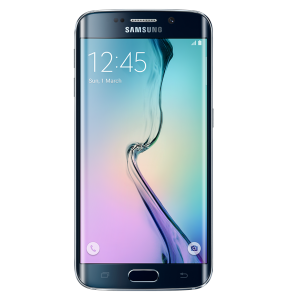

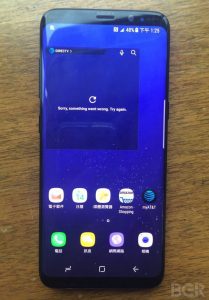
No comments:
Post a Comment